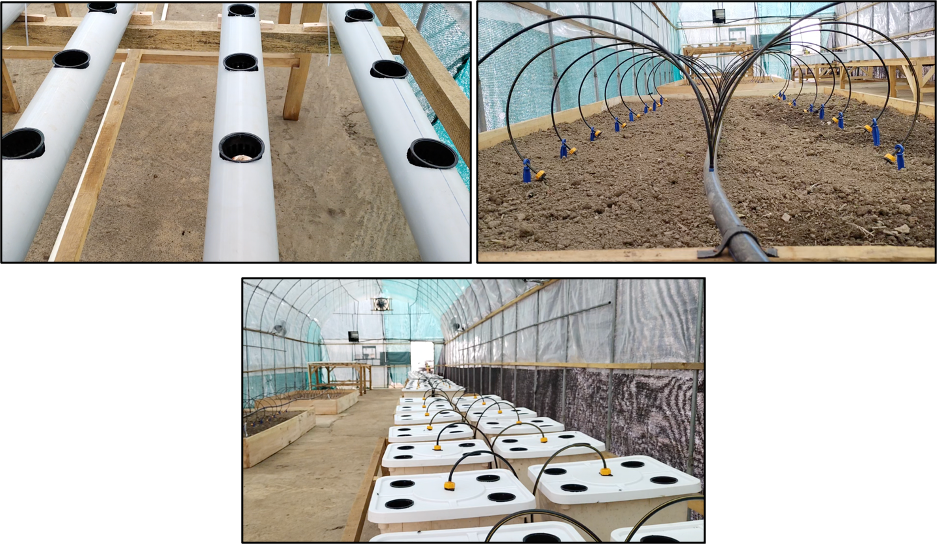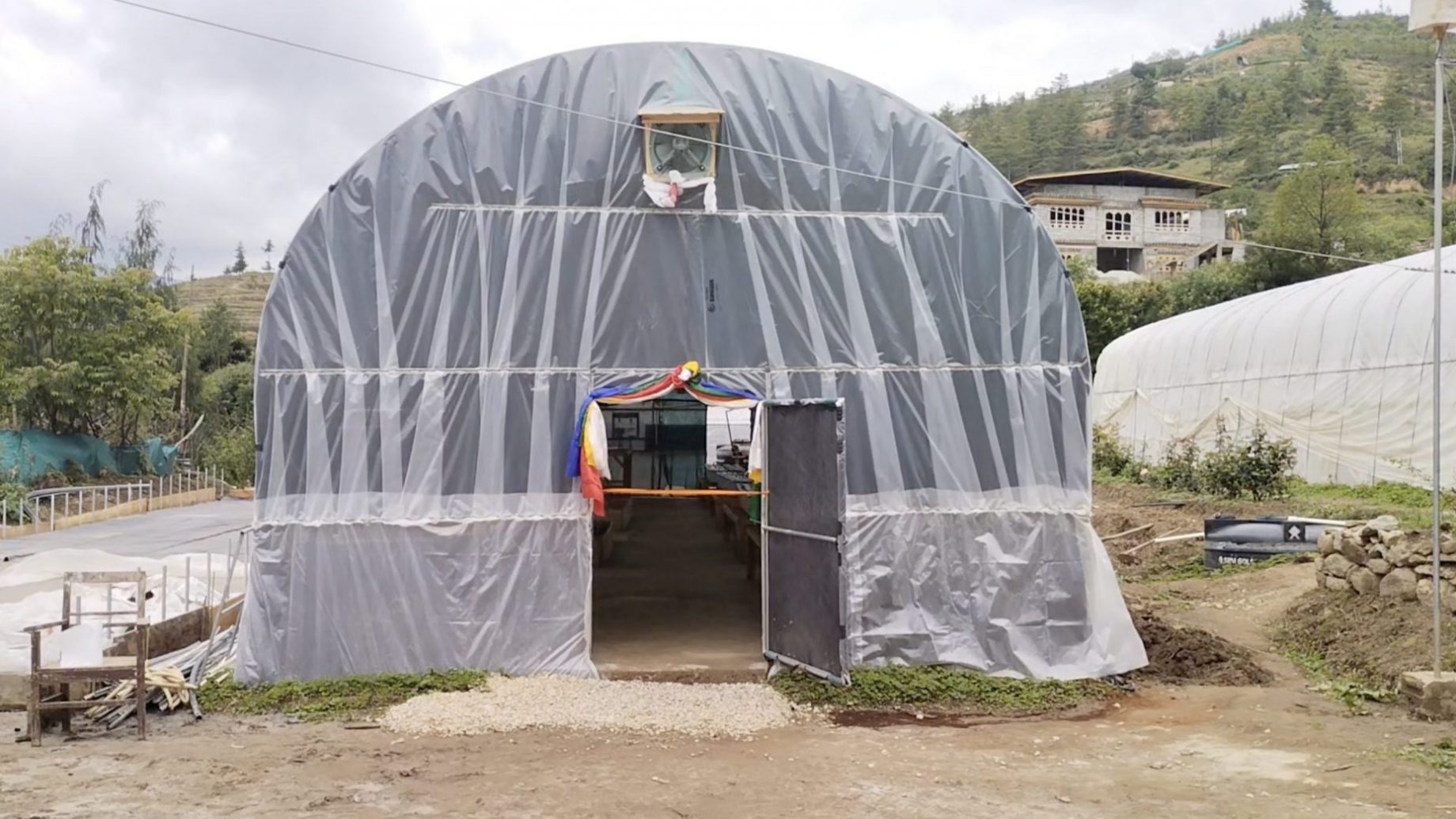Introduction
With the financial assistance from the FSAPP, RDCCRP and RMS, a fully automated greenhouse has been established at the National Center for Organic Agriculture, Yusipang. In recent decades, technology has been incorporated in almost all agricultural applications, leading to highly digitized systems which give accurate results. Agricultural demands are changing, and so are consumer preferences from conventional needs. These demands need to be met by this industry which is facing a rise in labour expenses due to shortage of manual workers. Modern agriculture has encouraged farmers to turn to technology to make the farms more efficient, automated and cost effective. A greenhouse incorporates all these agricultural advancements under one roof, providing controlled growth conditions according to crop requirements to ensure abundant yield.
Rapid climate change over the years, and unpredictable weather conditions has led to crop failure frequently. With the help of a greenhouse, all kinds of produce, especially seasonal crops can be grown throughout the year to give multiple yields. Modern farming techniques like hydroponics and aeroponics are possible to implement in a greenhouse cultivation environment.
Structure, sensors, actuators and controls
In the present work, a 20m 5m greenhouse has been designed after understanding how various parameters affect plant growth and coming up with the most ideal arrangement to ensure optimum yield. It consists of various sensors which measure and control the important parameters like humidity, temperature, light intensity which are responsible for the growth of the crops. An algorithm is designed for each parameter. As the parameter levels fall below or rise above the threshold range, an action is taken to maintain the value in the optimum range. The controls of actuators can also be done through “Alexa”, smart voice assistant.
Platform, Server and Controls
This fully automated greenhouse monitors and controls the parameters without any kind of human intervention. The open-source Internet of Things platform called “Home Assistant” is used to collect sensor data and control. The remote access to the server and controls are conducted using free tier option from Cloudflare. Implementation of this model on a large scale will help reduce the dependence on manual labour and reduce crop failure.
Temperature and humidity
Temperature plays the most crucial role in growth and development of plants. Maintaining a constant temperature during the day as well as night can support production of seasonal crops throughout the year. During the day the temperature can rise too high than the desired range, in such a situation a cooling fan is used while at night a heat source is used to avoid freezing temperatures.
To achieve optimal plant growth, humidity control is vital. High relative humidity can lead to fungal growth and eventually cause plant diseases. Whereas dry environments can drastically reduce plant growth and ultimately lead to wilting and death. When humidity is below desired range, a misting system is switched on until it reaches the default range. To combat high humidity, exhaust fan is used.
HTU21D Temperature & Humidity Sensor is utilized to give accurate results.
Light Intensity
Sunlight plays an important role in photosynthesis. An LDR Sensor Module has been used to measure the light intensity. When natural light intensity reduces, artificial light is switched on to optimize plant growth. To provide an artificial light source after sunset, a combination of red and blue light has been used. Research states that this combination yields more leaves and crops, depending on the type of plant.
Automatic nutrient dosing system
The concept of hydroponics or soil less gardening has been around for thousands of years now. Hydroponics has several advantages over soil grown plants. It stimulates root growth with the extra oxygen accessible to them and tends to absorb nutrients faster. The nutrients are added to the water directly several times a day according to plant requirement. Hydroponic plants require very little energy to find food since its readily available in the water. This saved energy can be utilized to produce more fruit and speed up growth. We have implemented an active hydroponic system embedded inside the greenhouse with the help of a water pump, ensuring regular movement of the nutrient rich water. This system has been embedded along with the water tank. An automatic nutrient dosing system has also been implemented to measure the levels of nutrients present in the nutrient tank to ensure correct pH and EC requirement of the crop is met.


1,378 total views, 2 views today




